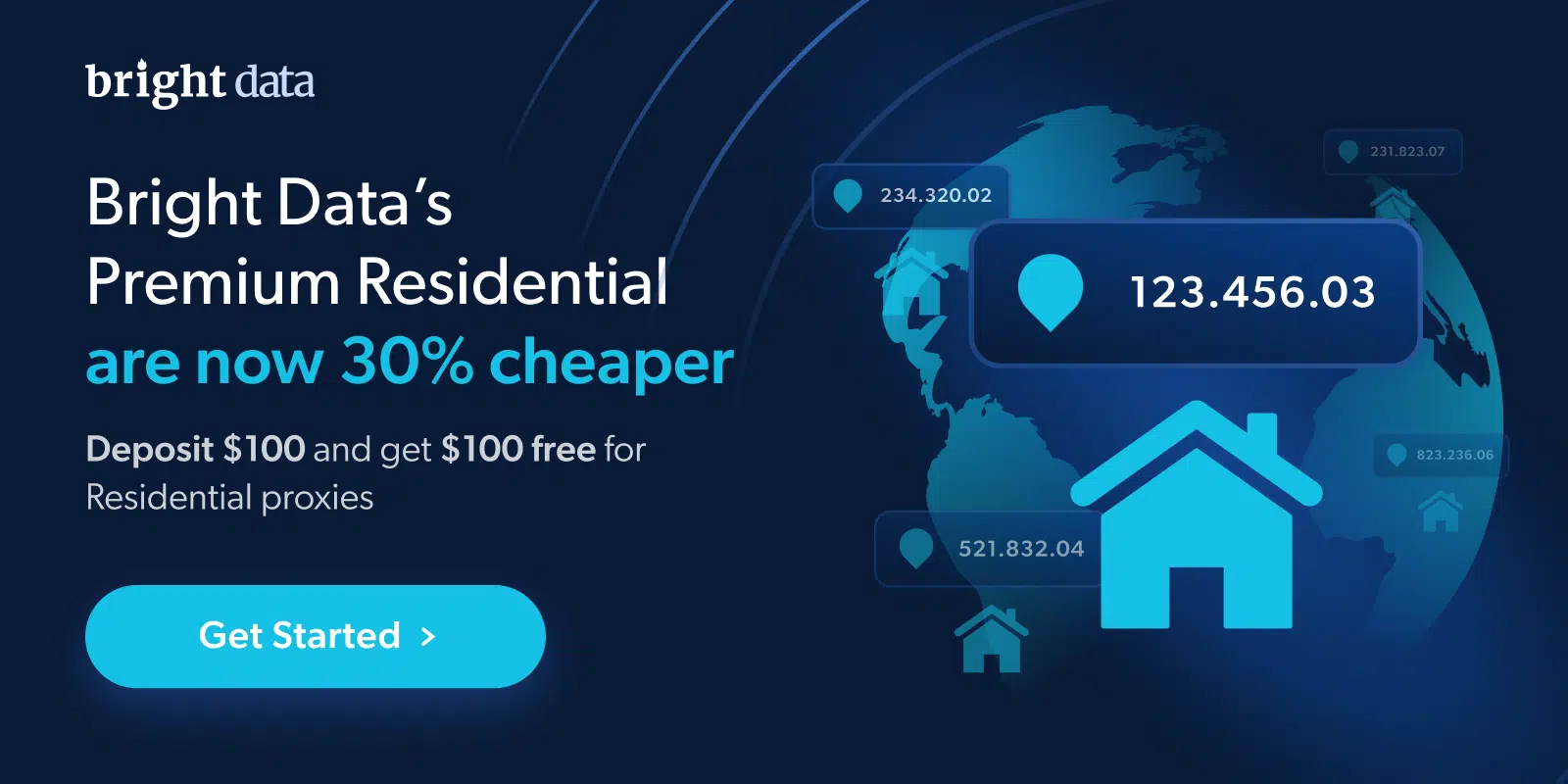Google Trends is an invaluable tool for uncovering insights about evolving interests and search patterns. The ability to scrape Trends data opens up many possibilities for research and competitive intelligence. This comprehensive, practical guide will walk through exactly how to extract Google Trends data with Python.
I‘ll share from my decade of experience in data analytics the best practices for scraping Trends effectively. Follow along to access this powerful dataset for your own projects!
The Incredible Value of Google Trends Data
Google Trends provides a goldmine of data on what people search for across regions and languages. Billions of searches are distilled into clean, aggregated metrics ready for analysis.
Just how much data are we talking? Google handles over 3.5 billion searches per day. Trends makes sense of these massive volumes, processing information on:
- Search volumes for terms/phrases over time
- Interest by region and related demographics
- Top rising related topics and queries
- Traffic sources and platforms
Companies worldwide leverage Trends for critical business decisions:
- Target analyzed searched for dorm room essentials to optimize back-to-school marketing.
- Lyft uses Trends to identify when ride requests will spike, like during holidays.
- Finance apps track search interest in "401k" and "budgeting" to inform content.
The applications are endless – from SEO to product development to investment analytics. But how can we access this data ourselves?
Extracting Valuable Data with the Google Trends API
Google does not offer a public API for Trends. However, proxy services like SERP Scraper provide managed access to scrape the data.
SERP Scraper offers an excellent Google Trends API option. Let‘s look at how to get set up:
Step 1) Register for a SERP Scraper account
Sign up and grab your unique username and password credentials.
Step 2) Make the API request
We‘ll make a POST request providing the source as "google_trends" and our search term:
import requests
API_URL = "https://serpscraper.com/api/v1/queries"
payload = {
"source": "google_trends",
"query": "seo",
...
}
response = requests.post(API_URL,
auth=("username", "password"),
json=payload)Step 3) Process and analyze the response
The JSON response contains all our scraped Trends data! We can parse into dataframes and visualize:
# Parse into Pandas
trends_data = response.json()
df = pd.DataFrame(trends_data[‘interest_over_time‘])
# Plot the trend
df.plot(x="date", y="value")And we have programmatic access to Google Trends! Now let‘s dive into additional tactics for fetching and leveraging this data.
Configuring Your Scrape with API Parameters
The SERP Scraper API offers many parameters for customizing your Trends search:
date – Specific timeframe like "2021-01-01 2024-03-15"
geo – Location scope like "US" or "United Kingdom"
granularity – Time grouping like "hour" or "day"
category – Filter by topic like "Food & Drink" or "Beauty & Fitness"
platform – Filter by "web", "image", "youtube", etc.
We can simply add these into our query payload. This searches "coffee" in the US over 2024, by week:
payload = {
"source": "google_trends",
"query": "coffee",
"geo": "US",
"date": "2022-01-01 2024-12-31",
"granularity": "week"
}The options are vast for tailoring your Trends scrape!
Fetching Additional History and Managing Limits
By default, the API returns the past 12 months of data. To retrieve more history, we can use the keep_loading parameter to continually request additional months of data until we hit the limit.
Let‘s walk through an example fetching 5 years of "fitness" search data:
1. Start with a 1 year query
# Search past year as baseline
payload = {
"query": "fitness",
...
}2. Request n additional years of history
# Iterate requesting previous years
for i in range(1, 5):
# Update startDate parameter
payload["startDate"] = f"{2018 - i}-01-01"
response = requests.post(API_URL, json=payload)
# Append each response
all_data.append(response.json()) 3. Concatenate the results
Now we can combine all the separate responses to have 5 continuous years of Fitness data!
This gradual expansion approach also helps avoid sudden large requests that may trigger throttling. When scraping any site, it‘s best to take things slowly.
Best Practices for Ethical, Legal Scraping
Google understandably limits how much data we can rapidly extract. Here are some tips to scrape responsibly:
- Review Google‘s Terms and avoid violating their policies
- Rotate different IPs to distribute requests
- Add random delays between requests
- Scrape during low-traffic periods
- Always act ethically and legally
With reasonable volumes, Google tends to allow public Trends scraping. But be sure to seek legal counsel about compliance in your region.
I hope these best practices help you gather useful Trends datasets safely and effectively!
Analyzing Trends Data with Python
The real magic comes when analyzing the scraped data! Let‘s explore some quick ways to gain insights in Python:
Plot trends over time
Visualize the rise and fall of search interest:
import matplotlib.pyplot as plt
df = trends_data[‘interest_over_time‘]
df.plot(x="date", y="value")
plt.title("Interest for Vegan Recipes") Compare trends
Overlay multiple keywords to compare growth:
# Merge keywords
merged = df1.merge(df2, on="date")
# Plot comparison
merged.plot(x="date", y=["value_x", "value_y"])Summarize top regions
See where interest is highest globally:
# Filter top 10 regions
top_regions = df.sort_values("value", ascending=False)[:10]
# Plot horizontal bar chart
top_regions.plot(x="value", y="region", kind="barh")The options are endless for crunching these search metrics!
Joining Trends Data with Other Sources
We can enrich the analysis by merging Google Trends data with complementary datasets.
For example, Google Correlate allows matching trends with real-world indices like unemployment rates and stock prices.
Let‘s join Correlate data to see if "moving" searches correlate with US home sales:
# Merge on date
merged = trends.merge(correlate_data, on="date")
# Scatter plot
merged.plot(x="home_sales", y="moving_searches", kind="scatter")Combining datasets yields even deeper insights!
Conclusion
I hope this guide provided a comprehensive introduction to scraping Google Trends programmatically. The techniques covered enable you to unlock powerful search data for your own projects.
As you‘ve seen, Python and services like the SERP Scraper API make extracting Trends data accessible for analysts and developers. Always be sure to scrape ethically and legally.
If you have any other questions as you being scraping, feel free to reach out! I‘m happy to help fellow data enthusiasts use Trends safely and effectively.
Now go forth and harness these search insights for smarter decision making!

